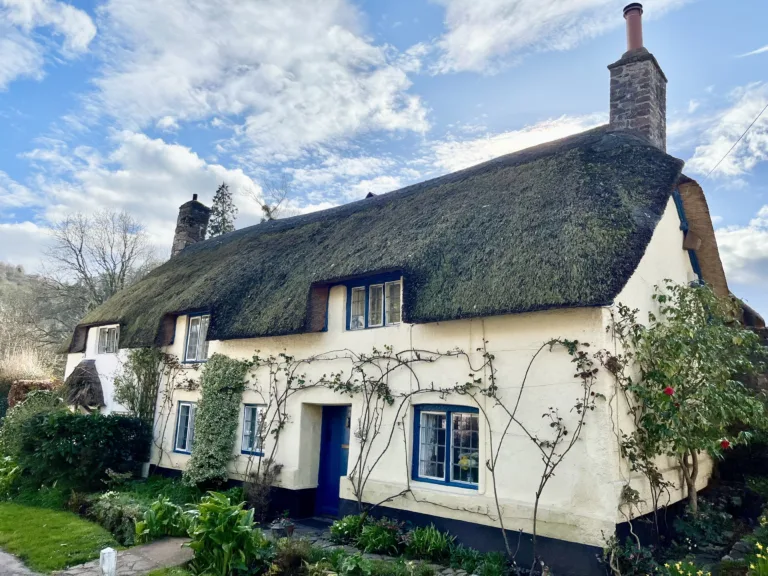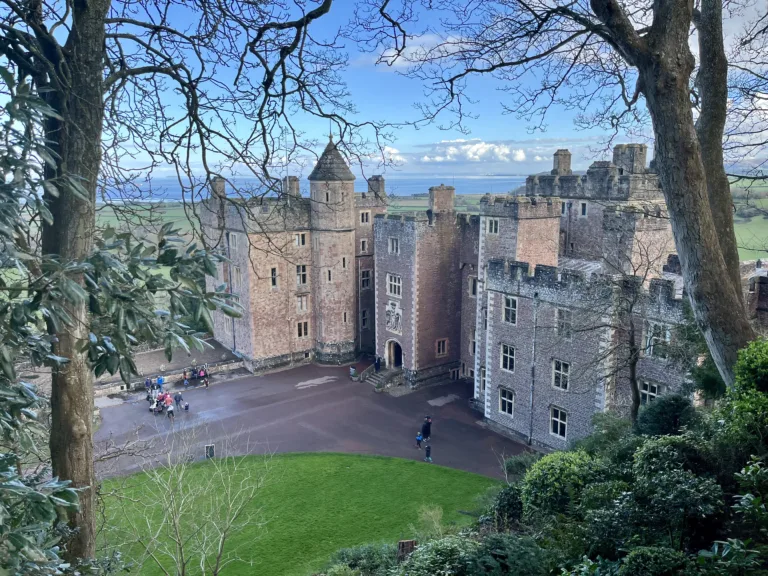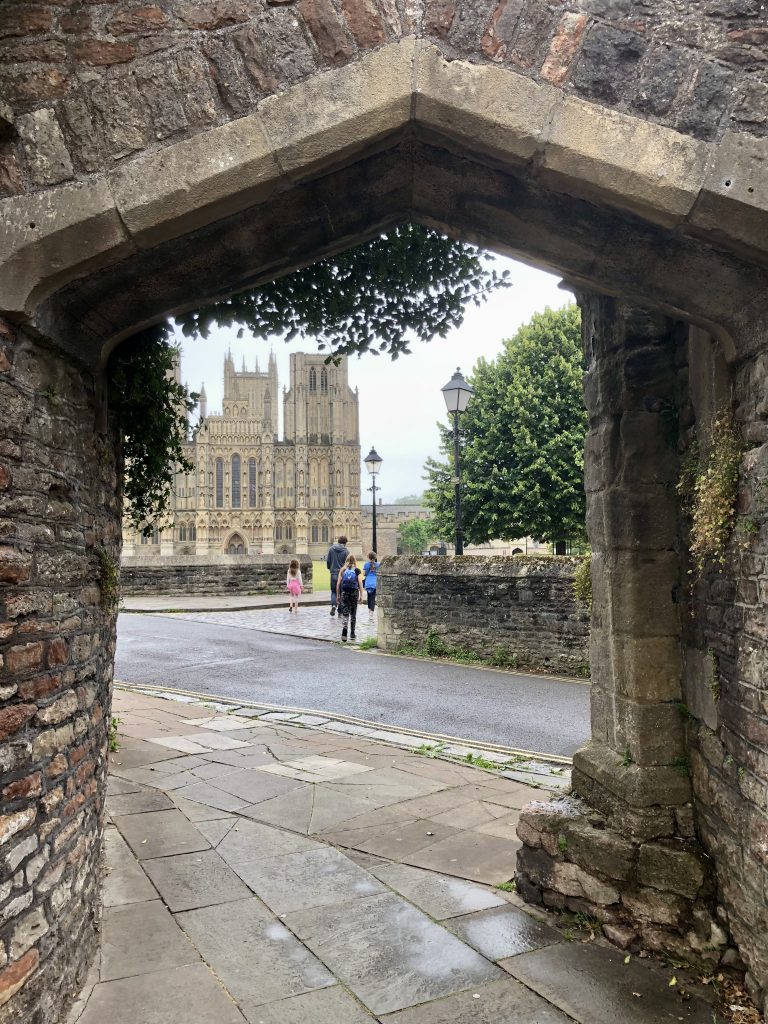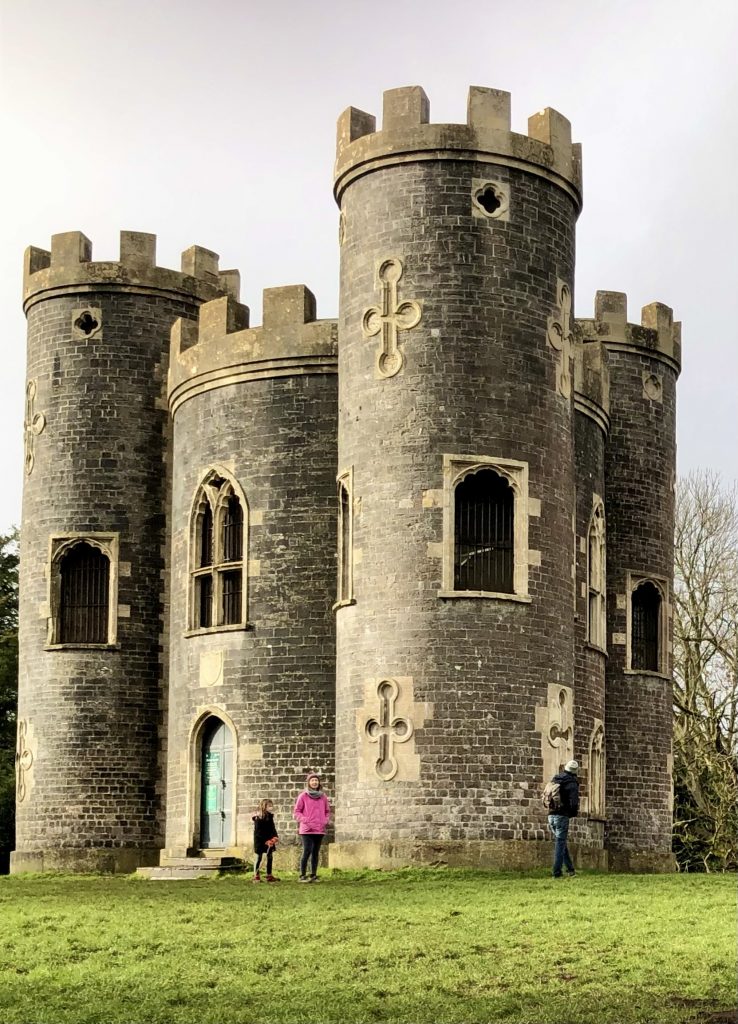The Best Things To See And Do In Dunster
Are you taking a trip to Somerset this year? Maybe you’re looking for a great day out in Somerset with the family? The picturesque village of Dunster is one of Somerset’s gems and offers a fantastic day out with plenty to see and do. Dunster may be small in size but with its long and interesting history, beautiful medieval buildings and surrounded by stunning Somerset countryside, it has become a popular day out and stop-off on a Somerset road trip.
Table of Contents - Tap to jump to a Section
ToggleWhat is Dunster famous for?
Dunster is the largest and most intact medieval village in England. With quaint chocolate box cottages and impressive castle overlooking the village, it is somewhere you need to visit.
Where is Dunster?
Dunster is on the West coast of Somerset within Exmoor National Park. It lies on the Bristol Channel about 2.5 miles from Minehead.
Is Dunster worth visiting?
Dunster in Somerset is definitely worth visiting and is a lovely day out. Read on for reasons why you should visit this historic village.
20 Things To See And Do In Dunster
Dunster is one of the prettiest villages in Somerset, a village where time has stood still. There are so many historical buildings, monuments and hidden treasures around the village, that we’ve highlighted all the best bits for you to look out for on your next visit. Here are the things to see and do in Dunster.
Dunster Castle
Dunster Castle sits in a prominent position on a hill overlooking Dunster Village and the Bristol Channel. You can explore this magnificent Castle and subtropical gardens which is now owned and managed by the National Trust and is open to the public. Discover a thousand years of history, from a Norman fortress to a Victorian country home. You’ll find rare, painted leather wall hangings in the house – the only one of its kind in the UK, a 17th Century carved staircase and the 13th-century gateway with its massive iron-bound oak doors.



In the gardens you’ll discover terraced gardens and the wild wooded area of the river garden which runs alongside the river Avill.
You’ll experience walking inside an underground Victorian reservoir which used to supply water to the house from 1870. Hear a recording about the engineering technology used to build the reservoir.



How long does it take to visit Dunster Castle?
Allow a minimum of two hours to visit Dunster Castle and its grounds, but as there’s so much to see I would suggest at least half a day. If you choose to walk around the village as well, allow 4-5 hours. There are also some lovely places to eat in Dunster.
Dunster Water Mill
Discover a historic working watermill through the riverside garden at Dunster castle. Dunster Watermill dates back to medieval times and is even mentioned in the Doomsday Book. Today, you can see the double waterwheels in action of the restored 18th Century watermill built on the same site. There is even a viewing platform so you can see the two water wheels from above.

Go inside the mill to see the inner workings of the mill, giant mill stones, along with a small museum where you can learn all about its history and see the old agricultural machinery. Downstairs you can visit the shop and buy the wholemeal flour which is milled here.
West Someret Railway
If you’re a fan of steam trains, the West Somerset Railway is an interesting and fun day out. The heritage railway runs through the Somerset countryside and along the coast for just over 20 miles – it is the longest (standard gauge) independent heritage railway in the United Kingdom. Once a country branch line of the old Great Western Railway it’s now a nostalgic ride back in time. Including Dunster, there are ten stations along its route, which runs between Minehead and Bishop’s Lydeyard near Taunton.
The West Somerset Heritage Railway have many different experiences and events running throughout the year including an Easter Extravaganza, Afternoon Tea Train, The Quantock Belle Dining Train and a Santa Train at Christmas.
Dunster Beach
Dunster Beach is about a mile from Dunster Village, it overlooks the Bristol Channel and is a mixture of sand and pebbles. It’s usually nice and quiet compared with neighbouring Minehead. There is plenty of parking right next to the beach and it’s a great place to take the kids and go for a walk. If you have a dog, this is the ideal dog walking spot because dogs are allowed all year. If you’re lucky you may spot a steam train going past from the West Somerset Heritage Railway because the track comes close to the beach.
Dunster Yarn Market
Dunster’s Yarn Market has a prominent position in the main street, and dates back to 1609. It’s a covered market shelter originally used for the sale of local wool and cloth. Dunster was an active centre for wool trading and Shepherds brought wool fleeces from Exmoor to Dunster. The Yarn Market is a remarkably well preserved octagonal building with a timber frame that would have provided shelter for merchants at Dunster’s market. It’s well worth a visit as you explore the village and shops and is a lovely reminder of Dunster’s ancient past.


Dunster’s Shops
As you wander through the lovely village, you’ll discover the gorgeous boutique shops and country stores. You’ll find unique independent shops such as traditional sweet and chocolate shops, rustic homewares and gifts, antiques, art gallery and coffee shops. There are also two pubs which also serve food and two hotels in the village.
The High Street has hardly changed in the last two hundred years.



Dunster’s Tearooms
You’re spoilt for choice when it comes to tearooms in Dunster. If, like us, you’re a fan of a delicious cream tea, you’re definitely in the right place! Dunster has plenty of different options. We stopped off at the Watermill Tearooms for a cream tea before we headed to the village. But there are several more tea rooms and coffee shops in the village.


Dunster Memorial Garden and Village Garden
Try not to miss the tranquil walled memorial garden which is accessed through a small wooden doorway set in a tall stone wall. You’ll find benches dotted around the garden, long gravel paths and an old well.
The village garden is also known as the secret garden and is a peaceful spot near the church. The gardens were bought with money given and collected by the villagers (in 1980) and cared for by volunteers from the village. Both of these walled gardens are quiet and secluded and can easily be missed if you don’t spot the gated entrance.

Gallox Packhorse Bridge
The Gallox Bridge is a rare medieval packhorse bridge snaking over the river Avill, dating back to the 15th Century. Originally called Gallows Bridge, from the execution gallows that stood on a hill outside the town. It’s now a Grade 1 listed building and scheduled monument managed by English Heritage.
In the Middle Ages, Dunster was a thriving market and port for wool. Many of the fleeces brought down from the moor were transported across the river on packhorses via Gallox bridge.
Today, the bridge is a pretty location for a photo and the ford is a lovely place for kids (and dogs) to paddle.

Packhorse Playground
Through a gate, near the Gallox Bridge on Park Street, you’ll find a lovely children’s playground. Packhorse playground is run by volunteers and is very well maintained. There’s plenty of play equipment such as swings, slide, balance beams and climbing rope, and is completely enclosed so feels really safe. There’s even a picnic bench.

Dunster’s Chocolate Box Cottages
As you walk along Park Street from the Gallox Bridge, you’ll see the most quaint chocolate box thatched cottages. Dunster has over 200 listed buildings and the village is very well preserved. It’s like walking back in time! Many cottages in the village are holiday lets and can be rented if you’re looking for a place to stay. Dunster makes a great base for exploring Exmoor National Park and the surrounding area.


Priory Church of St George
The Benedictine Priory in Dunster was built by the monks of Bath around 1090 and was situated to the north of St George’s church. While some of this early construction work remains, what you see of the church today is predominantly 15th Century. After the Dissolution of the Monasteries in 1539 by Henry VIII, the Priory fell into disrepair. The surviving remains of the priory are incorporated in the house next to the church, and is now know as “The Old Priory”.

Dunster Dovecote
The Dunster Dovecote on Priory Green, opposite the church, would originally have belonged to the Priory. Domestic pigeons were kept to provide food from the breast meat of young pigeons. From the 12th century until 1619, only Lords of the Manor and parish priests were allowed to keep them.
Dunster Tithe Barn
The Tithe Barn dates from the 14th Century and is now used for public events such as craft and antique fayres, or the annual Exmoor Food Fayre.
Dunster Museum and Doll Collection
In Dunster High Street is a small village museum which houses one of the largest collections of dolls outside of the V&A museum. Entry to the museum is free but donations are very welcome.

Dunster Pottery Kiln
Discover Dunster’s rare Pottery Kiln, standing behind the Luttrell Arms hotel. It’s said to have been used between 1750 and 1850 to make earthenware domestic pottery and clay roof tiles. The reason it’s survived is because it was turned into a gardeners shed for over 150 years. If you’ve parked in Dunster Steep car park you can find it from there via a gate. With its conical roof, it’s thought to be the only complete example of its type in Great Britain.
Walks around Dunster
There are several options for walking routes from Dunster. You can head towards Dunster Beach and follow a circular route past Dunster Station and back to the village.
Walk around Dunster Castle and explore the gardens and Water Mill.
You can cross Gallox Bridge and head up to the Dunster Tall Trees Trail, Deer Park and Bat’s Castle, an Iron Age Hillfort.
You can keep it simple and walk around the village, taking in all the historical sites.
Or, you can head up to Conygar Tower.
Dunster’s Conygar Tower
If you have time, take a walk through Conygar Woods up to Conygar Tower which was commissioned by Henry Luttrell in 1775. At 3 storeys high (18m tall) it can be seen from Dunster Castle on the opposite hillside. Built out of red sandstone, this folly tower is now designated a grade 2 listed building.
Dunster Cheesecross
On the edge of the village is the old Butter Cross which once stood in the High Street, near the Yarn Market. Later it was moved to St George’s Street in the late 18th or in the early 19th century. Originally, people would gather to buy locally produced butter and other dairy products. The fresh produce was laid out and displayed on the circular stepped bases of the cross. It dates back to the late 14th or early 15th century and sadly, the head of the cross is now missing.
Dunster National Park Centre
Head uphill from the Yarn Market, and round the corner you’ll find the visitor information centre and Dunster Park Centre. There are interactive exhibits, a digital microscope and displays that introduce you to the special habitats that can be found on Exmoor.
Discover more about Exmoor’s wildlife, heritage, landscape and dark skies through inspiring displays and interactive exhibits.
Talk to one of the Exmoor experts if you need inspiration and information to explore Exmoor and the local area further.
How To Get To Dunster, Somerset
By Car:
From the M5 (North) exit Junction 23 at Bridgwater and follow A39 signs to Minehead.
From M5 (South) exit junction 25 at Taunton and follow A358 to Williton, then join A39 to Dunster.
By Train:
Arrive on the West Somerset Railway and walk to the village.
We hope this guide is useful for planning your trip to the beautiful village of Dunster.
Read more Somerset Travel Guides
Before you go, check out these posts next:
The Best Days Out and Unmissable Things To Do in Somerset
12 Best National Trust Properties in Somerset to Visit with Kids
Butlin’s Minehead: A Day Trip Review
Visit Glastonbury: Top Ten Things To See And Do
A Guide To Visiting Wells With Kids – Things To See And Do
Save this pin for later
Follow us on social media
Somerset Family Adventures is a free online resource. If you enjoyed this blog post and found it helpful, you can say thanks and show your support by buying me a coffee. Thanks so much! You can also sign up to our newsletter to be the first to hear of our new walks and days out.
Share this post with your friends and family, and follow us on our social media. Feel free to tag us in your photos if one of my posts has inspired you to visit.
Share this post: on Twitter on Facebook







